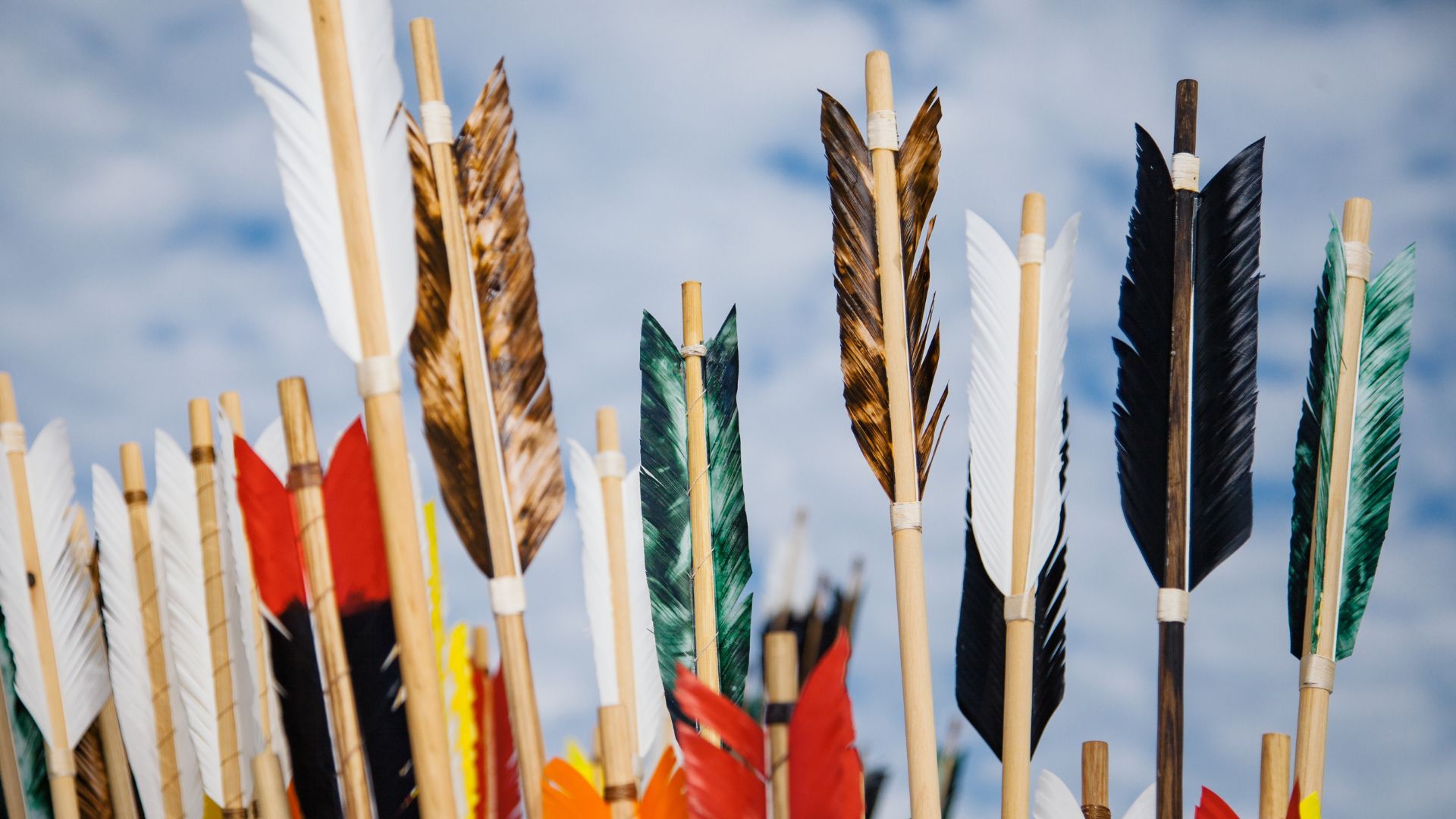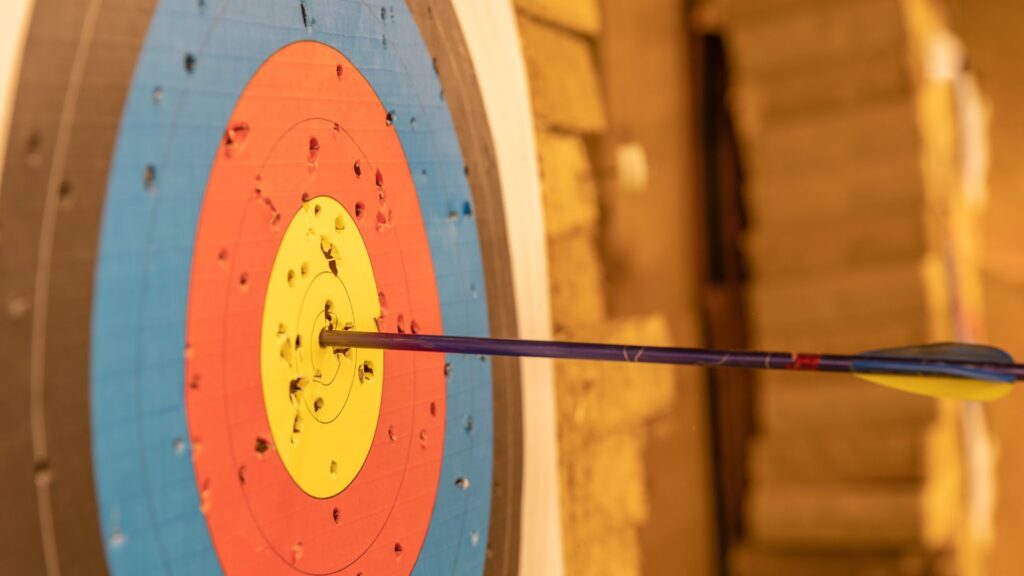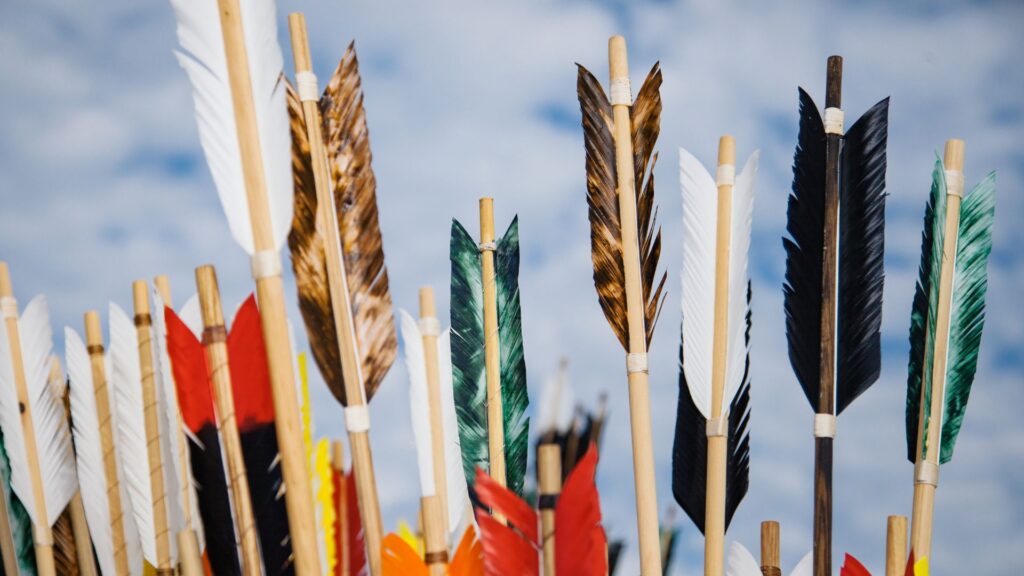The essential archery gear checklist for new archers
Starting out in archery can be an exciting and rewarding experience, but like any sport, it’s important to have the right gear to ensure success and safety. Whether you’re aiming to take up archery as a hobby or preparing for more serious practice, having the proper equipment is crucial for both performance and enjoyment. While

Starting out in archery can be an exciting and rewarding experience, but like any sport, it’s important to have the right gear to ensure success and safety. Whether you’re aiming to take up archery as a hobby or preparing for more serious practice, having the proper equipment is crucial for both performance and enjoyment.
While it might seem overwhelming to choose the right gear, this article will guide you through the essential items every new archer should have, helping you get started on the right foot. From bows and arrows to protective gear and other accessories, here’s a checklist of the basic archery equipment you need:
- Bows and arrows: The heart of your gear
- Protective gear: Ensuring safety and comfort
- Other additional gear: Enhancing your archery experience
- Start with the basics, then expand as you progress

Bows and arrows: The heart of your gear
The most obvious and essential piece of equipment for any archer is, of course, the bow. However, there are a few key things to consider when choosing the right bow and arrows for beginners.
Bows
There are three main types of bows in archery: recurve, compound, and longbow. For beginners, it’s generally recommended to start with a recurve bow. These bows are straightforward, easy to maintain, and commonly used in Olympic archery. They are perfect for learning the fundamentals and focusing on developing shooting technique. A recurve bow is made up of three main parts: the riser (the central part of the bow), the limbs (the flexible arms), and the string. They provide a simple yet effective design, ideal for those starting in the sport.
Compound bows, which use a system of cams and pulleys to assist with the draw, are more advanced and generally used in target archery and bowhunting. Longbows, while traditional and historically significant, tend to require more strength and skill to shoot effectively and may not be the best choice for beginners.
Arrows
Once you’ve selected your bow, you’ll need arrows that match its specifications. For beginners, it’s important to use arrows that are the right length and spine (flexibility). Arrow spine is crucial as it affects how the arrow behaves during flight. If your arrows are too stiff or too flexible for your bow, your accuracy may suffer. Typically, arrows are made from carbon, aluminium, or a combination of both. Carbon arrows are lighter and more durable, but slightly more expensive, while aluminium arrows tend to be more affordable and offer good consistency in terms of performance.
As a beginner, you’ll want to use arrows with field tips (not broadheads), as these are safer and more appropriate for practice on foam or straw bale targets.

Protective gear: Ensuring safety and comfort
Archery can be a physically demanding sport, especially for beginners still developing proper form and technique. Protective gear is essential not only for safety but also for comfort during your practice sessions.
Arm guard
One of the most important protective items for any archer is an arm guard. When you draw the bowstring, it can snap back and hit your forearm, especially if your form isn’t perfect. An arm guard protects your arm from the string’s recoil and helps prevent painful bruising. It’s a simple piece of equipment that will save you a lot of discomfort, particularly for beginners who may not yet have a fully refined shooting technique.
Finger tab or glove
A finger tab or glove is necessary to protect your fingers from the tension and friction of drawing the bowstring. Without this protection, you risk developing blisters or cuts, which can make archery painful and uncomfortable. A finger tab is a small piece of leather or synthetic material that covers the fingers you use to pull the string back. A glove, on the other hand, provides a bit more coverage and can offer extra comfort, especially if you plan on shooting a lot.
Chest protector (optional)
Some archers choose to wear a chest protector, particularly if they are using a recurve bow. A chest protector helps prevent the bowstring from hitting the chest or clothing during the release. This can help maintain form and reduce distractions when shooting. While not strictly necessary for beginners, it can be a useful addition if you’re shooting regularly and want to avoid any discomfort.
Other additional gear: Enhancing your archery experience
Once you’ve got your bow, arrows, and protective gear sorted, there are a few additional accessories that can make your practice sessions more enjoyable and effective.
Quiver
A quiver is essential for storing your arrows and keeping them organised. It can be worn on your back or attached to your waist, allowing you to easily access your arrows while shooting. Quivers come in various sizes and styles, but as a beginner, a simple, lightweight quiver will do the job. Having a quiver ensures that your arrows are easily accessible and won’t get damaged when they’re not in use.
Bowstring wax
Bowstring wax is a simple but crucial accessory. It helps keep your bowstring in good condition by preventing fraying and wear. Applying wax regularly ensures that the string remains smooth and doesn’t degrade over time. This simple maintenance task can extend the life of your bowstring and improve the consistency of your shots.
Bow stand
A bow stand is a useful accessory that helps keep your bow secure when it’s not in use. Instead of laying your bow flat on the ground, a bow stand keeps it off the dirt and ensures it’s safely stored. It’s particularly useful during practice sessions when you need to set your bow down between shots. A good bow stand keeps your bow protected from accidental damage and ensures it’s always within reach.
Start with the basics, then expand as you progress
As a new archer, starting with the basics is the key to building a solid foundation. A simple recurve bow, a set of well-matched arrows, and the necessary protective gear are all you need to begin your journey into archery. As you gain experience and develop your skills, you can gradually add more accessories to improve your performance and comfort, such as a stabiliser, sights, or a more advanced bow.
“Starting with the basics is key to becoming a skilled archer. A recurve bow, well-matched arrows, and essential protective gear are all you need to begin. As you progress, add accessories like a quiver, bowstring wax, and a bow stand to enhance your practice and performance. The right gear ensures safety, comfort, and consistency, helping you improve with every shot.”
Remember, archery is a sport that requires practice and patience, and the right gear can make all the difference in your progress. By starting with the essential equipment and building your archery setup as you grow, you’ll be well on your way to becoming a more skilled and confident archer. Happy shooting!